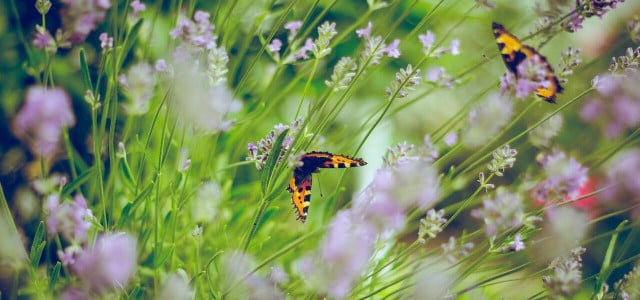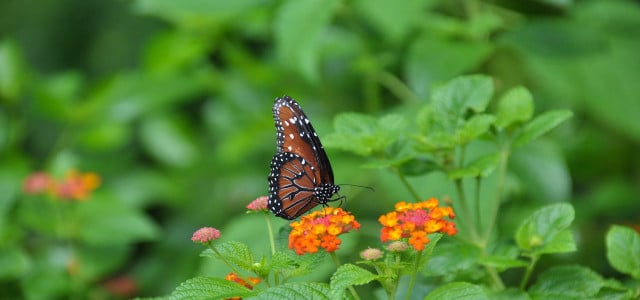If you're looking to make a positive impact on your local environment, give native gardening a try. We'll take a look at what it is, and how beneficial it can be.
Native plants across North America are rapidly disappearing due to a combination of factors including urban development and agribusiness. The disappearance of native plant communities has led to habitat loss, erosion, and a lack of genetic diversity across multiple ecosystems. By implementing native gardening techniques, you can help bring some balance back to your local ecosystem.
What is Native Gardening?
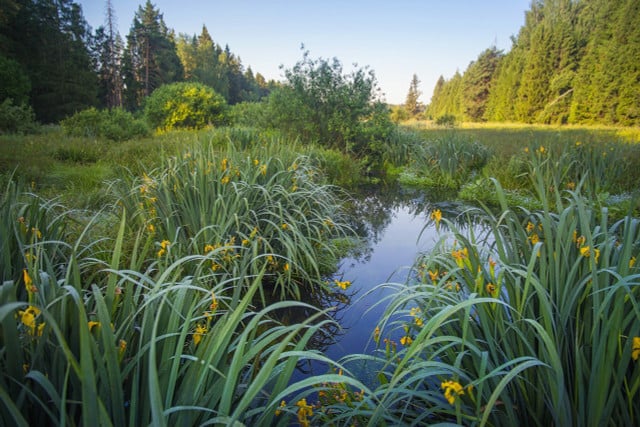
(Foto: CC0 / Pixabay / mystraysoul)
Native gardening is not a new concept, but it has become popular in the past several years as people become more conscious of how their choices affect the environment. Native gardening is a type of sustainable and organic gardening that uses plant species that grow naturally in an area. Due to the wide range of ecosystems across the country, every native garden can, and should, look different – there isn’t a right or wrong design.
The goal is to embrace the natural beauty of the local flora, blend into the local landscape, and have a positive impact on the environment.
Native Gardening: Benefits
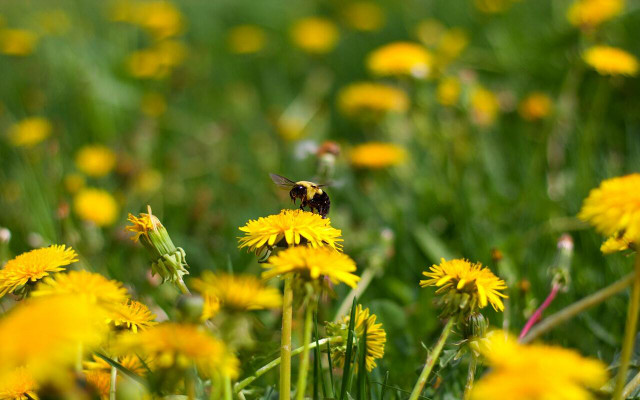


(Foto: CC0 / Unsplash / Benjamin Grenier )
Due to the fact that local plants are conditioned to grow naturally in the areas that they’re from, native gardening is a great introduction to gardening. There are some important benefits to incorporating native plants into your landscaping.
1. Limits Water Use
Native plants are built to handle the natural rainfall of your area. This takes the pressure off of the gardener to continually check if the plants need water, and it’s also a more sustainable method of gardening since less water is being used. Native gardening is a great way to conserve water at home.
2. No Chemicals Required
Native plants have, to a degree, adapted to the pests, soil conditions, bacteria, and fungi of the local area. This means that you can likely skip the use of harmful chemicals, resulting in organic and sustainable gardening practices. If you find you’re having difficulty with weeds, make your own organic homemade weed killer.
3. Supports Wildlife
Native plants have developed over years and years to adapt to the needs of the surrounding ecosystems, including providing food and shelter for local wildlife. Non-native plants are often unable to fulfill these roles to the same extent. Since native gardening reduces the need for chemicals as well, you enable a safe environment for wildlife to thrive. Bee populations are decreasing rapidly around the world, and native gardening is just one of several ways you can help bees.
Native Gardening Tips
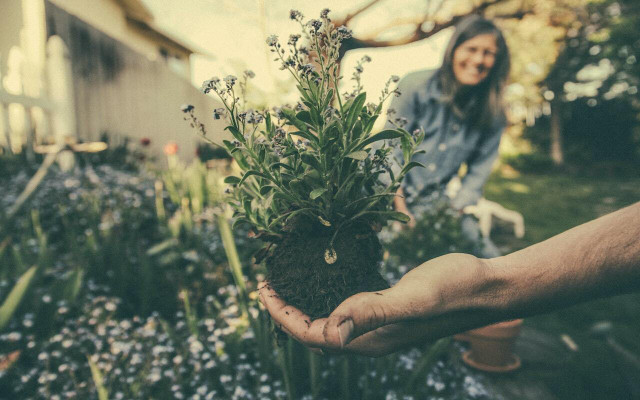


(Foto: CC0 / Unsplash / Benjamin Combs)
Don’t be discouraged if the native plants don’t seem to be taking in the spot you’ve chosen. Although the plants are native to your area, they may be used to better growing conditions including nutrient-rich soil, and high air quality. The urbanization of natural areas has altered the landscape, and it can take a lot of work to rebuild optimal growing conditions. Here are a few other native gardening tips to help you get started:
- Start Small: It’s easy to become overwhelmed when trying to research what plants are best for your location, so start with just one or two native plants and grow from there.
- Plant a Mixture: If attracting wildlife is the motivation behind native gardening for you, it’s best to plant a mixture of native and non-native plants. Just be sure to select non-invasive species.
- Research is Key: It can be difficult to know which plants are native to your area, or which ones suit the location you have. Websites like the North American Native Plant Society or the U.S. Forest Service are a great place to start. If you’re still stuck, ask your local garden center for support – many will have native plants specifically labeled, or reach out to your local Department of Natural Resources office.
- Use Organic Compost: This will help to mimic the nutrient-rich soil quality found in forested areas in which many native species thrive. Create your own organic compost by learning what you can compost.
Read on:
- Companion Planting: A Beginners Guide
- 10 Beautiful Autumn Flowers That Bloom in Fall
- Homemade Suet for Birds: Easy Bird Food Recipe
- Bug Hotels: How to Build Your Own Insect House
Do you like this post?






